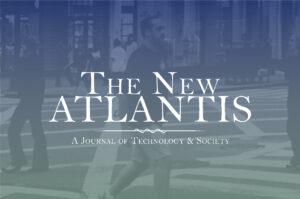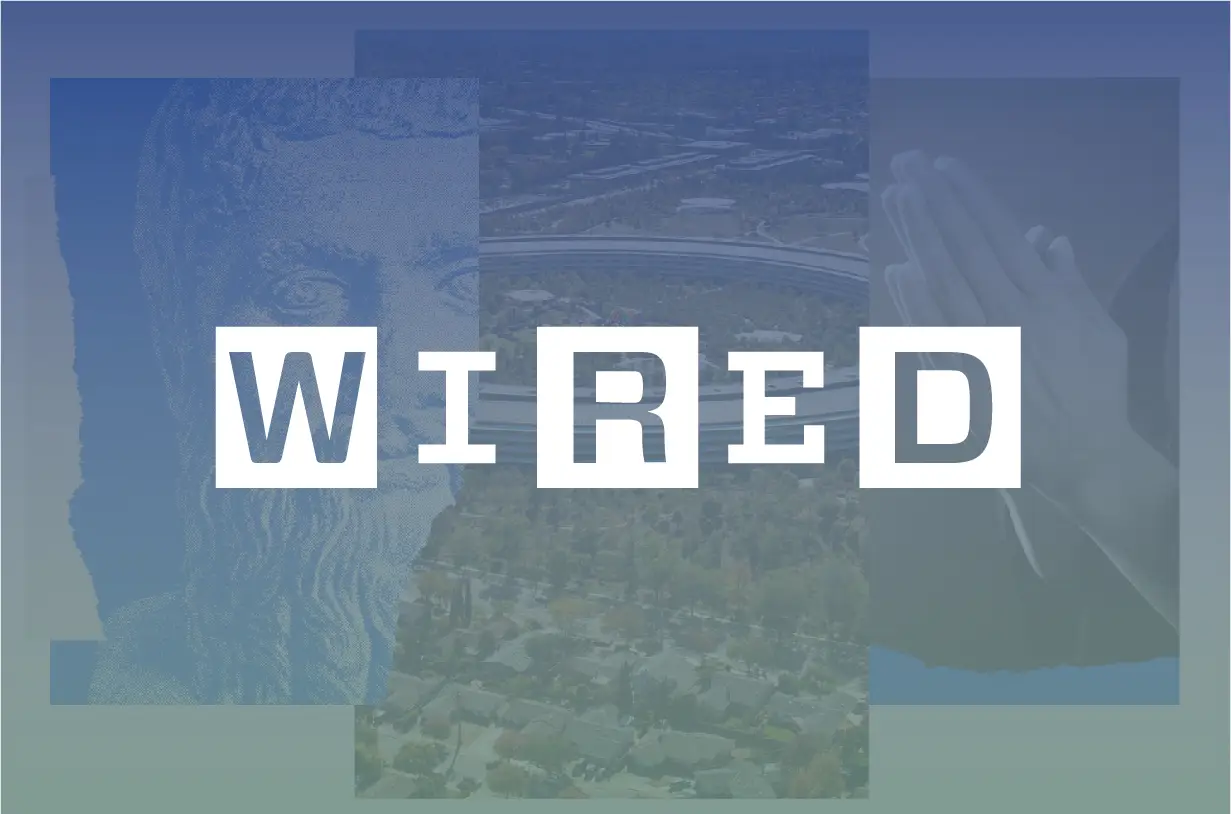
Culture War as Imitation Game
The French social theorist René Girard, born in 1923, is not quite yet a household name, but his work does

NASA can land a probe on Saturn’s largest moon, 764 million miles from Earth—yet no one has been able to mathematically demonstrate the exact positions of the Earth, sun, and our own moon at a given point in the future. Scientists can make estimates, but these all rely on simplifications.
Two-body problems, like mapping the movement of one planet around one star, are solvable. These binary orbits are easy to predict. But a serious complication arises if a third body is introduced. Our moon, which has the gravitational forces of both the sun and the Earth acting upon it simultaneously, is part of an infamous three-body problem.
Trying to solve for the movement of three large bodies in one another’s orbit creates a circular logic. The calculations rely on the initial positions of the three bodies, but these initial positions are unknowable over time because the bodies always affect one another in unpredictable ways. In the 300 years since Isaac Newton outlined the dilemma in his Principia, diligent physicists have only been able to offer special-case solutions for restricted versions of the problem. “In a nonlinear system like the chaotic three-body problem,” writes Caroline Delbert for Popular Mechanics, “all bets are off, and our intuitions are scrambled.”
The three-body problem is the best metaphor I’ve found for a social complexity that affects us all today—a problem resulting from the interaction of three major centers of gravity. This dynamic is scrambling our intuitions and making us long for order in what feels like an increasingly chaotic world. We’re caught on the inside of a three-city problem.
Originally published on 28 August 2022 at Wired.

The French social theorist René Girard, born in 1923, is not quite yet a household name, but his work does

With school-choice initiatives proliferating, students struggling to make up for lost Covid time, and Americans pessimistic about the direction of

From career choices to new purchases, use René Girard’s mimetic theory to resist the herd and forge your own path

What is Mimetic Desire? Nearly everyone (unconsciously) assumes there’s a straight line between them and the things they want. >>

I reached out to Liana Finck during the early, dark days of the pandemic in April 2020. My fiancé, Claire,
All rights reserved Luke Burgis / Fourth Wall Ventures, LLC 2019-2024 ©







Please note that due to the number of emails that we receive, we cannot respond to every one.